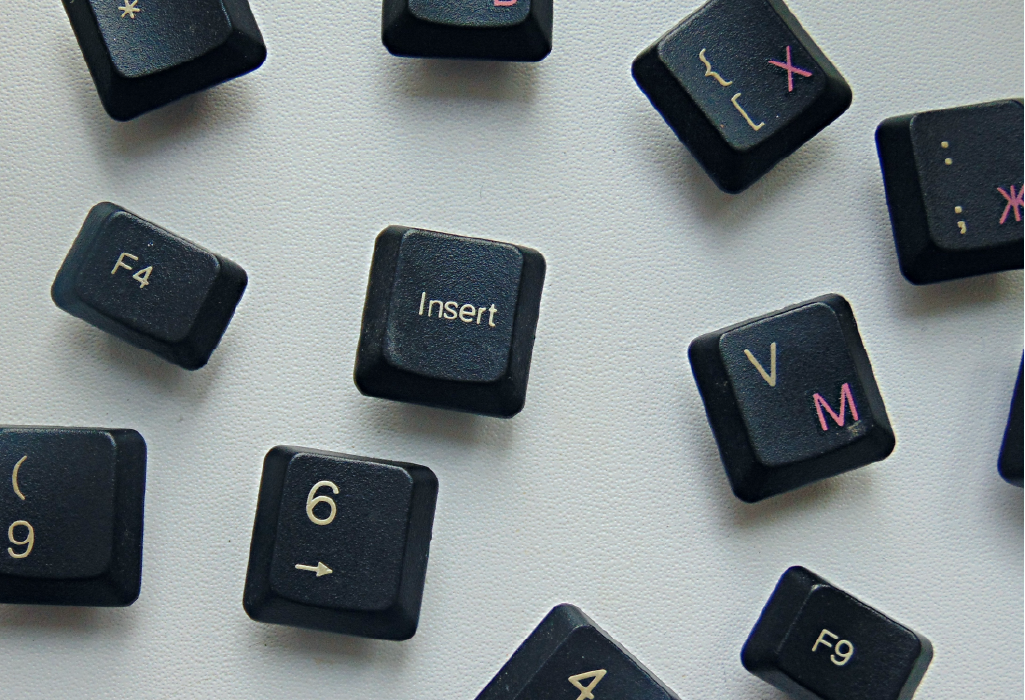Punctuation may seem like a purely technical part of writing, but recent studies suggest that genres use punctuation differently.
Of the various stylistic choices that editors work with, punctuation isn’t normally one that comes to mind. Punctuation is more often seen as a technical addition to a text, governed by strict—if controversial—rulesets and guidelines, especially when it comes to periods and commas. However, a recent corpus study analyzing the distribution patterns of various punctuation marks shows that the use of punctuation might not be completely uniform and that genre might make a big difference.
THE RESEARCH
Researchers Kun Sun and Rong Wang used corpora to examine the frequency of different kinds of punctuation in their article “Frequency Distributions of Punctuation Marks in English: Evidence from Large-scale Corpora.” In this study, they analyzed how often periods, commas, hyphens, colons, question marks, parentheses, apostrophes, exclamation points, semicolons, and slashes appeared across five different genres, or registers: spoken, fiction, magazine, newspaper, and academic.
By calculating the frequency of each punctuation mark for each genre, they found that there were differences between genres as to which punctuation marks were most and least common. Academic writing had the least periods, question marks, and exclamation points, but the most semicolons and parentheses, indicating tendencies toward longer sentences and more objective writing. Parentheses were also rarely seen in the other genres. Fiction had the most periods, indicating tendencies toward shorter sentences. Newspapers had the most hyphens, which Sun and Wang ascribe to the amount of hyphenated compounds journalism uses to express concepts creatively and to pack information into a short word count.
“The five registers display different frequency distributions with regard to punctuation marks.”
Kun Sun and Rong Wang (2019)
The researchers then ran an ANOVA test to determine if the differences they observed were statistically significant and found that “the five registers display different frequency distributions with regard to punctuation marks” (Sun and Wang 2019, 26).
THE IMPLICATIONS
While this study is not meant to be a prescriptivist guide on how to use punctuation within certain genres, being aware of the punctuation norms for each genre can be helpful for editors and writers alike, especially those who work in multiple genres. More frequent periods can help a fiction work that feels long and confusing, while fewer question marks and exclamation points can make an academic paper more professional. However, the inverse can also be true. Shorter, more informal academic pieces may benefit from implementing the hyphenated compounds common in newspapers, and in fiction, it might make sense to use more semicolons for more literary works or for long-winded characters. The punctuation of a text goes beyond prescriptive placement of commas: it’s a matter of style.
To discover more about punctuation distribution in writing, read the full article:
Sun, Kun and Rong Wang. 2019. “Frequency Distributions of Punctuation Marks in English: Evidence from Large-Scale Corpora.” English Today 35 no. 4: 23–35. https://doi.org/10.1017/S0266078418000512.
—Sariah Roulstone, Editing Research
FEATURE IMAGE BY SOFYA
Find more research
Read Anne Toner’s (2011) article to discover more about the stylistic use of punctuation: “Seeing Punctuation.” Visible Language 45 (1–2): 5–19. https://www.proquest.com/docview/908018246/B91
Check out Brady Davis’s article “How to Use Corpora to Edit Technical Articles Effectively and Accurately” to learn more about how corpora can help with editing.





Aaron Green
I always enjoy editing for authors who employ different styles of writing in their work, especially if they make subtle changes like changing their punctuation style to match how newspapers write.